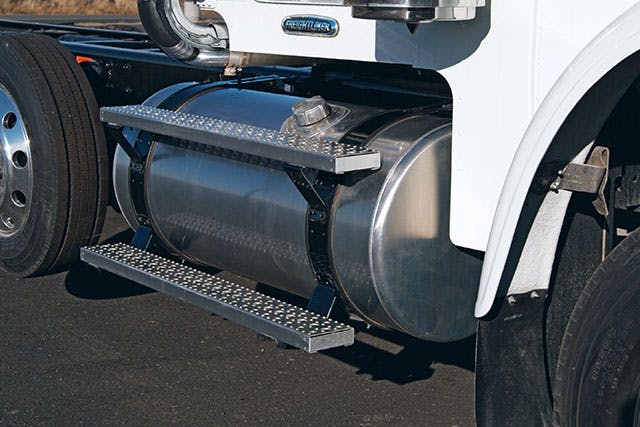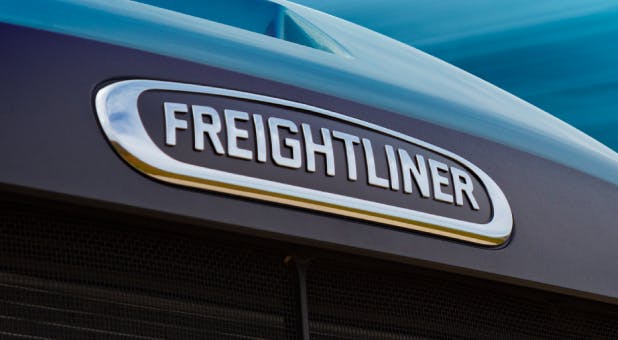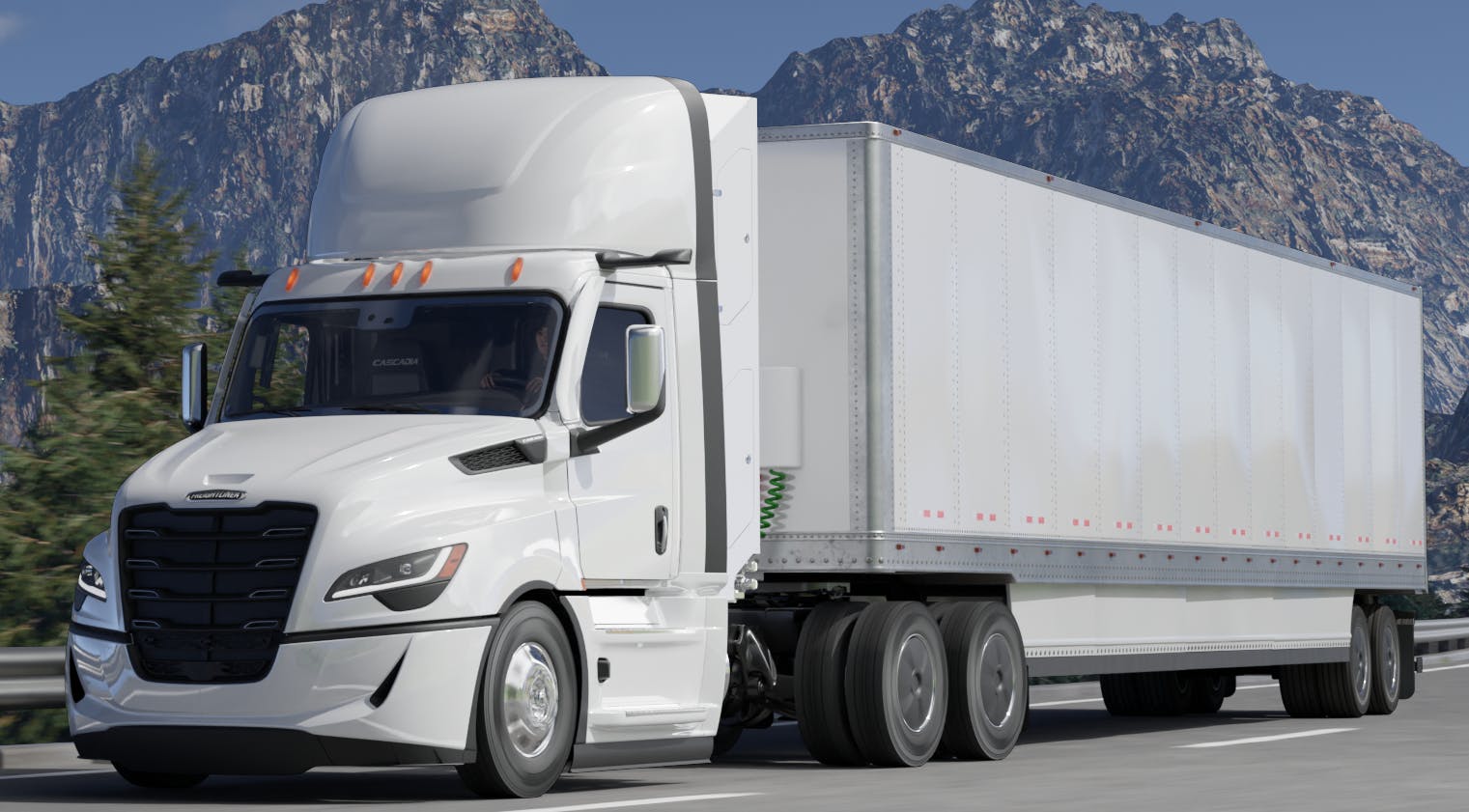How Adverse Weather Affects Fuel Economy
Freightliner Trucks Fuel Efficiency
During the winter months, some of the most influential conditions are wind, snow, rain, and temperature. Headwinds and crosswinds significantly increase aerodynamic drag, which results in reduced fuel efficiency. For every 10 mph of headwind or crosswind, fuel efficiency is reduced by as much as 13%.
As the ambient air temperature drops, air becomes denser, which increases aerodynamic drag. For every 10 degree Fahrenheit drop in temperature, aerodynamic drag increases by 2%. Every 2% increase in aerodynamic drag results in approximately 1% decrease in fuel economy.
During the cold winter months, fueling stations will switch to winter blend fuels. Winter blend fuels contain additives to lower the temperature at which diesel fuel gels. These additives adversely affect the cetane level of the fuel and can result in a loss of one-half to three-quarters of an mpg in fuel efficiency.
During those very hot summer days, we see a significant increase in the amount of time the engine cooling fan is on. A typical diesel engine requires between 15 and 30 horsepower to run. A cooling fan locked on with the engine running at 1450 rpm can result in an 8% to 12% loss in fuel efficiency. The engine cooling fan’s primary function is to keep the engine from overheating, but the fan is also a part of the air conditioning system for the cab. When the A/C Freon compressor is turned on it sends a signal to turn on the engine cooling fan. Approximately 50% of the total fan run time is attributed to the operation of the A/C Freon compressor. A poorly performing A/C system can result in excessive engine cooling fan run time.
In very hot or very cold temperatures we tend to see an increase in engine idle time to keep the cab and sleeper warm or cool. Idle time can significantly affect you fuel efficiency. A diesel engine running at 1000 rpm can consume up to one gallon of fuel per hour. At today’s fuel prices, idling an engine for 8 hours could cost you $ 30.00. Every hour of idle time in a long-haul operation can decrease fuel efficiency by 1%.
Rain, snow, or slush on the road increases the vehicle’s rolling resistance, because in addition to moving the vehicle, the tires must also push their way through the precipitation on the roadway. The precipitation cools the tires, transmission oil and axle oils. These components operate less efficiently at lower temperatures. The increased rolling resistance and drive-train friction in just a light rain can increase fuel consumption by 0.2 to 0.3 mpg.
There are so many things that adversely affect fuel economy that are out of our control. This makes it very important that we maximize the efficiency of all the things in our control to achieve the maximum fuel economy.
Original post found here: http://www.teamrunsmart.com/articles/truck-smart/december-2014/how-adverse-weather-affects-our-fuel-economy.









